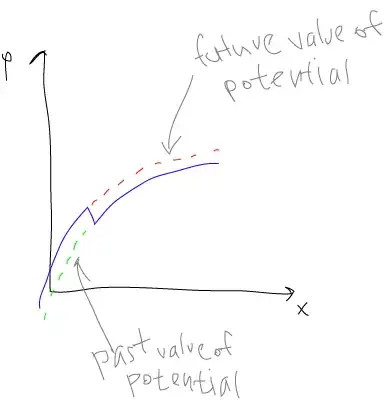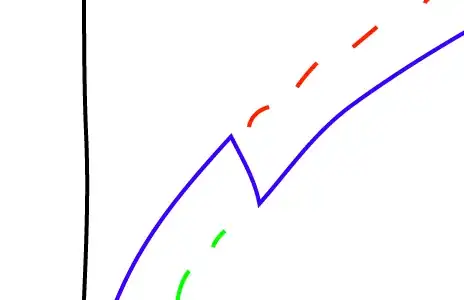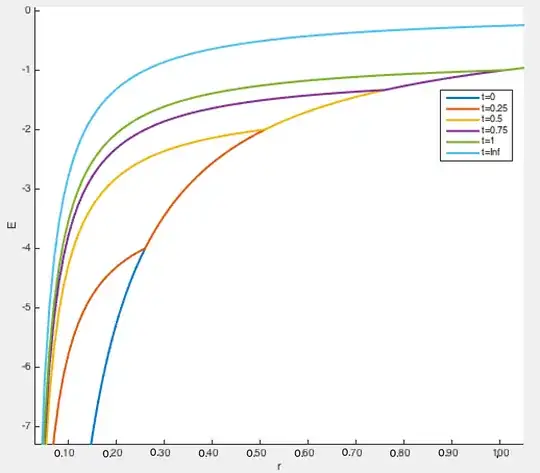Suppose some mass $M$ is located at rest in some point of space. It creates gravitational potential well, which attracts test bodies towards $M$:
Now suppose that the mass of a body drastically decreases several times to $m << M$, for example if the mass is radiated away as gravitational waves as in the recent black hole merger detected by LIGO. This causes the potential well become shallower. But this can happen at up to the speed of light, so there should an outgoing wave running on the potential plot:
Now regard the area on the wave:
$- \nabla \phi$ is directed outward here. i.e. body feels anti-gravity, i.e. repulsive gravity!
Does this effect occurs in reality, for example when two black holes merge? The mass of these holes is decreased due to gravitational wave emission.
I would say that this is the same as gravitational waves pressure, but this looks as different nature. GW are quadrupolar, while here we see monopolar pure newtonian plot.
So, will there be some additional gravitational repulsion in reality?



